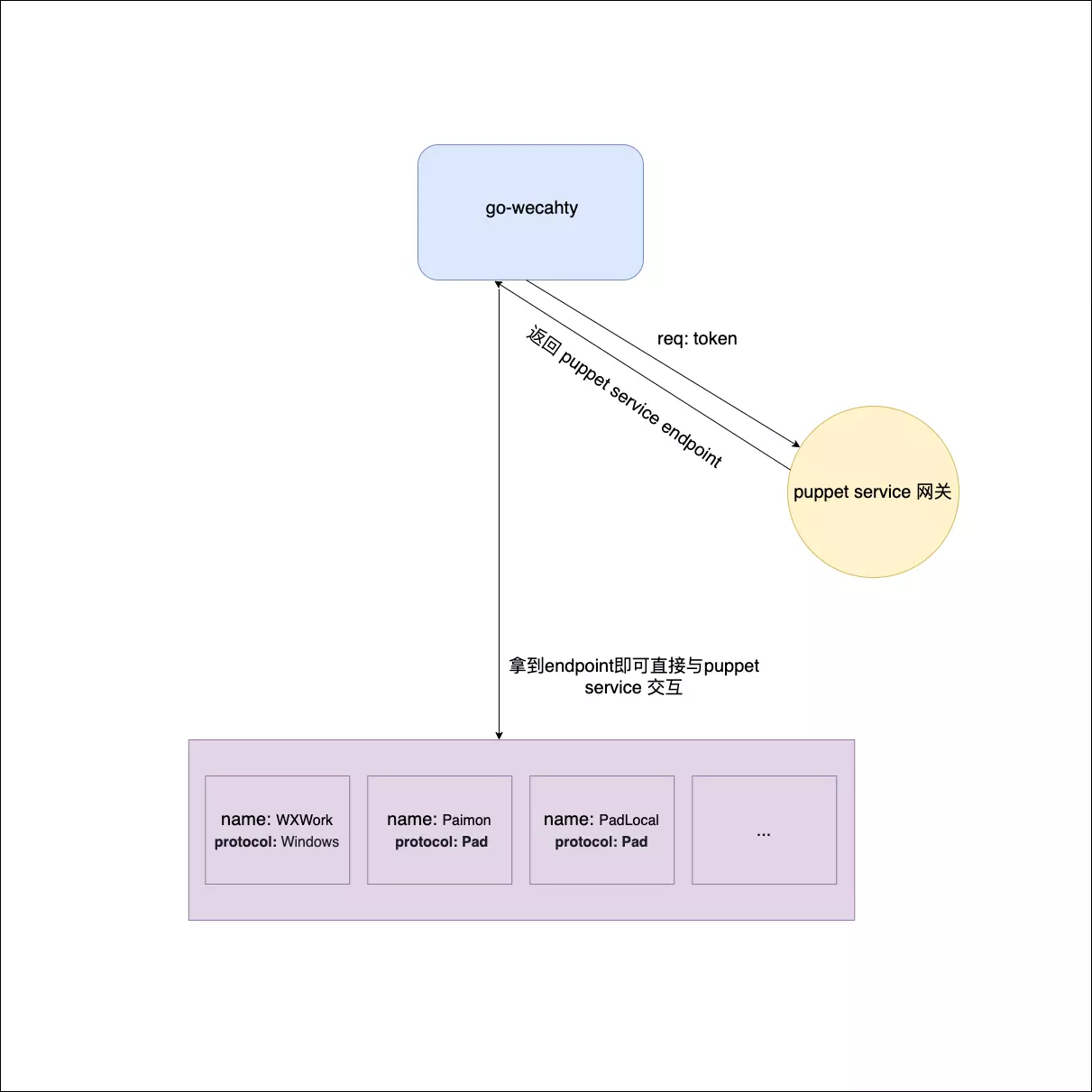The reason for writing this article: dchaofei, the author of go-wechaty, was first to write the blog about web protocol revival. As the author of python-wechaty, I also need to give everyone a more detailed introduction on how to use python-wechaty to log in to the web version of WeChat.
1. Introduction
There are many types of WeChat bots with various protocols, such as iPad, Mac, and Windows protocols, but the earliest to appear was actually the web protocol. In previous years, due to some restrictions from Tencent, the web login permissions for most users were shut down, causing many web protocol WeChat bots to die directly, such as the famous itchat.
However, since UOS and Tencent jointly launched the desktop version of WeChat, web version bots have been revived in a certain way, and Wechaty is one of the earliest open source projects to address this issue. Next, I will introduce in detail how to use python-wechaty to develop chatbots based on the web protocol.
The overall steps are divided into two parts:
- Use Docker to start the web protocol service
- Use python-wechaty to connect to the service
The first step exposes the web protocol as a gRPC service. The process is very simple, you just need to pay attention to a few configuration items. The second step is to use python-wechaty to connect to the service and develop chatbots.
2. Starting the Web Protocol Service
The script to start the web protocol service is as follows:
docker pull wechaty/wechaty:latest
export WECHATY_LOG="verbose"
export WECHATY_PUPPET="wechaty-puppet-wechat"
export WECHATY_PUPPET_SERVER_PORT="8080"
export WECHATY_TOKEN="python-wechaty-uos-token"
docker run -ti \
--name wechaty_puppet_service_token_gateway \
--rm \
-e WECHATY_LOG \
-e WECHATY_PUPPET \
-e WECHATY_PUPPET_SERVER_PORT \
-e WECHATY_TOKEN \
-p "$WECHATY_PUPPET_SERVER_PORT:$WECHATY_PUPPET_SERVER_PORT" \
wechaty/wechaty:latest
When testing locally, WECHATY_PUPPET_SERVER_PORT and WECHATY_TOKEN are relatively flexible and can be set at any time, because the connection in the next step can be set to local connection.
When deploying on a server, WECHATY_PUPPET_SERVER_PORT needs to ensure that the port on the server is kept open to ensure that python-wechaty can connect normally. Additionally, WECHATY_TOKEN will be used to register the started service in the wechaty token center, so that python-wechaty can find the service address. Therefore, it must be changed to a unique identifier. It is recommended to use uuid instead of python-wechaty-uos-token.
3. Using python-wechaty to Connect to the Service
The simplest chatbot developed in Python is shown in the following code:
# bot.py
from wechaty import Wechaty
import os
import asyncio
async def main():
bot = Wechaty()
bot.on('scan', lambda status, qrcode, data: print('Scan QR Code to login: {}\nhttps://wechaty.js.org/qrcode/{}'.format(status, qrcode)))
bot.on('login', lambda user: print('User {} logged in'.format(user)))
bot.on('message', lambda message: print('Message: {}'.format(message)))
await bot.start()
asyncio.run(main())
When testing locally, you can set the WECHATY_PUPPET_SERVICE_ENDPOINT environment variable to have python-wechaty connect directly to the local web service. For example: WECHATY_PUPPET_SERVICE_ENDPOINT=127.0.0.1:8080. The script to run is as follows:
WECHATY_PUPPET_SERVICE_TOKEN=python-wechaty-uos-token WECHATY_PUPPET_SERVICE_ENDPOINT=127.0.0.1:8080 python bot.py
When deploying on a remote server, you only need to set WECHATY_PUPPET_SERVICE_TOKEN to connect to the started web service. The script to run is as follows:
WECHATY_PUPPET_SERVICE_TOKEN=python-wechaty-uos-token python bot.py
Summary
python-wechaty is a very simple chatbot framework that can theoretically interface with any IM platform. It has native AI integration capabilities and can quickly develop powerful chatbots. Everyone is welcome to follow python-wechaty.
Related Links
- python-wechaty
- python-wechaty getting started
- Web protocol revival
- Python Wechaty Getting Started
- puppet-providers
Author: wj-mcat, Natural Language Processing Algorithm Engineer, python-wechaty author
本文也有中文版本。

 教你用go-wecahty和web协议开发机器人
教你用go-wecahty和web协议开发机器人